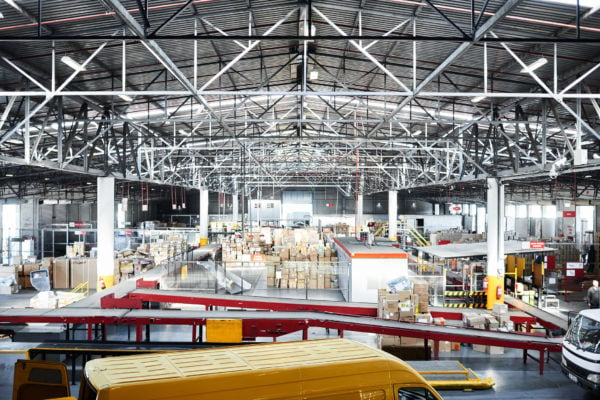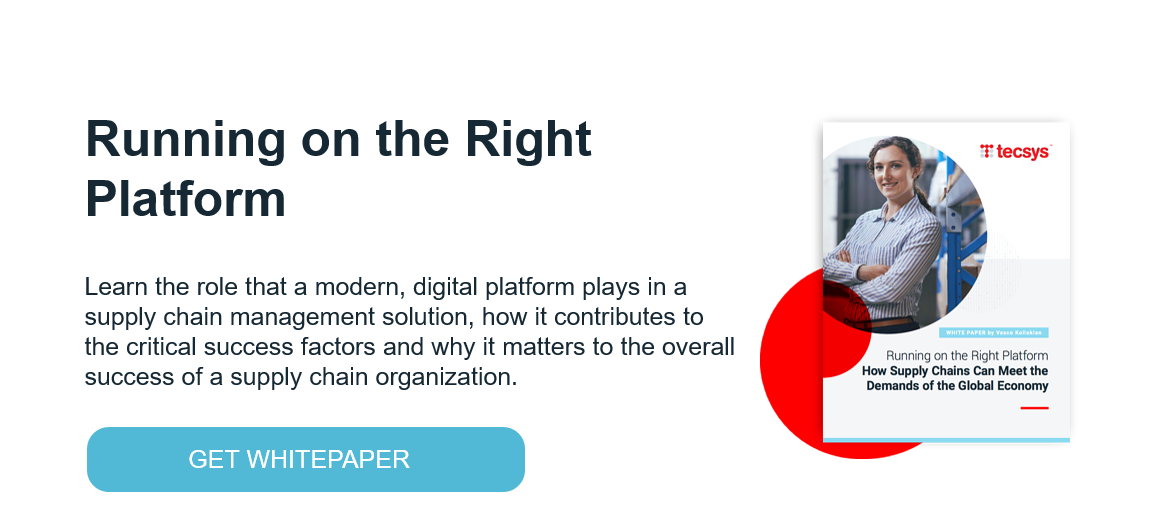Lean vs. Agile Supply Chain: Which One Is Right for You?

Up until the pandemic, the drive to be the leanest and most cost-efficient supply chain seemed to be the goal for most organizations. Then suddenly, everyone started talking about the resilient and agile supply chain. This begs the question — what is the right supply chain strategy for your organization and how do you figure it out?
For most distributors and retailers, a lean supply chain was viewed as the only way to survive the competition. This never-ending drive to be lean meant that the supply chain became very complex and brittle. Many of these lean supply chains simply broke when the pandemic hit and are still trying to recover today. Increasingly, there needs to be a balance between a lean and agile supply chain — a strategy that offers the best of both types to manage the realities of today.
Let’s take a look at the two approaches and discuss where a bridge can be built to blend the two supply chain strategies.
Lean vs. Agile Supply Chain
A lean supply chain was initially conceived in the automotive industry using techniques like kaizen, just-in-time and Kanban. The vision was to squeeze all the waste out of the supply chain by reducing the lead times and inventory levels while still offering the customer value. A lean supply chain drove the margins out of its products to be the most cost-effective way of supplying the goods to the customer. On the downside, the organization oftentimes became so dependent on accurate forecasts that when the unthinkable happened, the supply chain became a rigid liability.
In comparison, an agile supply chain prioritizes adaptability and is willing to take on some additional cost or build in margins to cover the need for that adaptability. An agile supply chain often waits to see what the marketplace asks for and then responds by supplying the goods using very short lead times and only finishing the demand when it is actually known. The complexities of monitoring demand, in-time sourcing and the logistics often require very complex supply chain systems and the ways to manage cost in adaptive processes are often risky.
Does a Hybrid Approach Exist?
Is there a lean-agile strategy that gives you some of the benefits of lean without the rigidity or the cost of agile? Well yes, but it adds a lot of complexity and requires some innovative thinking to adapt to the realities of your specific marketplace. For example, the Spanish retailer, Zara, has built a supply chain that uses lean principles for its product lines that are easy to forecast and predict demand. For the less forecastable products, the company delays the finishing or dyeing of the products until demand patterns are clear and it adapts the final stages of the product finishing to match the customer demand.
Another example is Oracle, who recently brought some of its key manufacturing operations from a low-cost offshore vendor in China to an onshore operation out of Texas. The reduction in lead times and ability to reduce manufacturing lot sizes meant that its supply chain still was efficient, but able to react far more effectively.
The Best of Both Supply Chain Strategies
With this lean-agile approach there is no ‘one-size-fits-all’ solution. It’s best to apply parts of lean principles to specific areas of your supply chain and warehouse management while also applying parts of agile principles in other areas. This hybrid approach has the potential to become the new reality in supply chain. Some questions to consider when thinking through your lean vs. agile supply chain strategy:
- Are there any products and services that have always been difficult to plan and forecast? In this instance, you might consider taking a more agile supply chain approach for these products and services.
- Are there any products and services that are very consistent and predictable in their demand? In this instance, you should definitely treat these products and services with a lean supply chain approach.
- Can you eliminate risks from your supply chain for selected products or services by shortening or simplifying the supply chain without adding excessive costs?
These ‘key or critical’ products are your highest risk or most likely to disrupt that will most affect your supply chain if they run short.
Designing your overall strategy and looking at a lean vs. agile supply chain is a complex issue. Like most things in supply chain management these days, there is not a clear winner. We are all seeing blends of different approaches and strategies and this might be the time for you to reevaluate your supply chain strategy blend.




